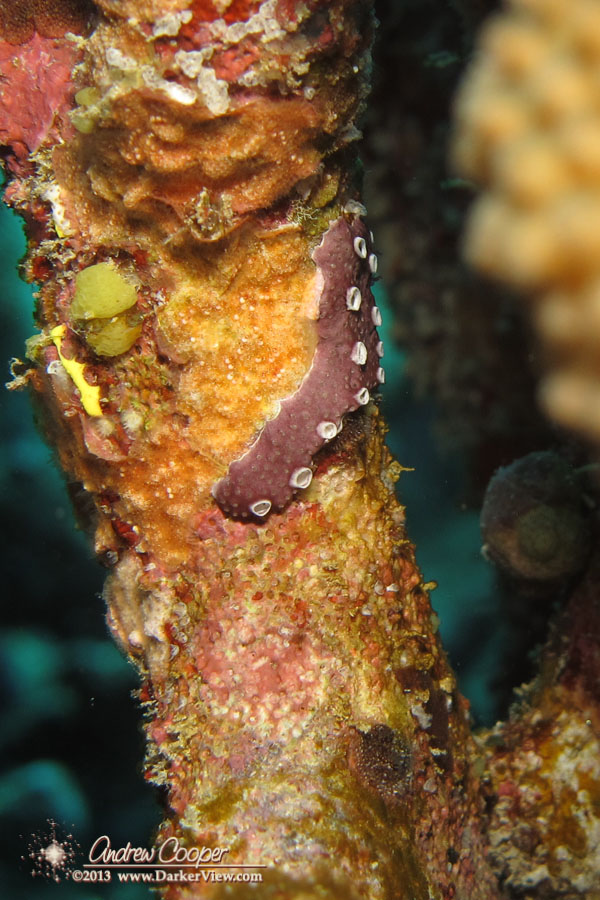There are numerous guides to the reef life found around the Hawaiian Islands. Most are superficial, suitable for the casual tourist snorkeler at best. Short of delving into the professional level publications there are two sources I use all the time. The books by Hoover, one on fish and the other for the invertebrates, are my first stop when attempting to identify an animal. These well thumbed references are usually found on my desk beside the computer.

What about an app to do that?
To my pleasant surprise I have found that there is indeed an app. Combining information from John Hoover, Keoki Stender’s excellent photography, plus information from a few other contributors, you can now download everything to your phone for easy reference, even without a data connection.
Actually there are several apps in the series. As with Hoover’s books, fish and invertebrates are handled separately. You can get the phone version or the iPad oriented HS version.
This snorkelers guide to the most common invertebrates and other commonly seen water inhabitants in Hawai’i includes 374 gorgeous photos together with extensive notes for each. All content is by an experts in the field: Keoki and Yuko Stender, and snorkeling guidebook authors, Judy and Mel Malinowski. As a bonus, links to underwater videos by Keller Laros, Rob Whitton, Mel Malinowski and others are provided. – Description of Reef Critters Hawai’i
The apps are well organized and quick to use. As with any book, it helps to be able to recognize at least the family of fish or critter, this helps in navigating to the correct section. Scrolling though a list of species, each with a thumbnail image, allows quick choice of possible identifications.
It is unlikely that the apps will replace my use of the books… The listings are not as complete as the books or websites, many of the less common species are missing. There is generally only one photo per species, neglecting some color phases and juvenile stages. Still, a quick ID reference in the phone is quite convenient. There are a number of videos which I find fairly useless, I would gladly trade the memory requirements for a more complete species listing.
I have no trouble with the $4.99 cost of the apps, I consider it a contribution to the folks who have put together the great references I have used for many years of diving Hawaiian reefs.

